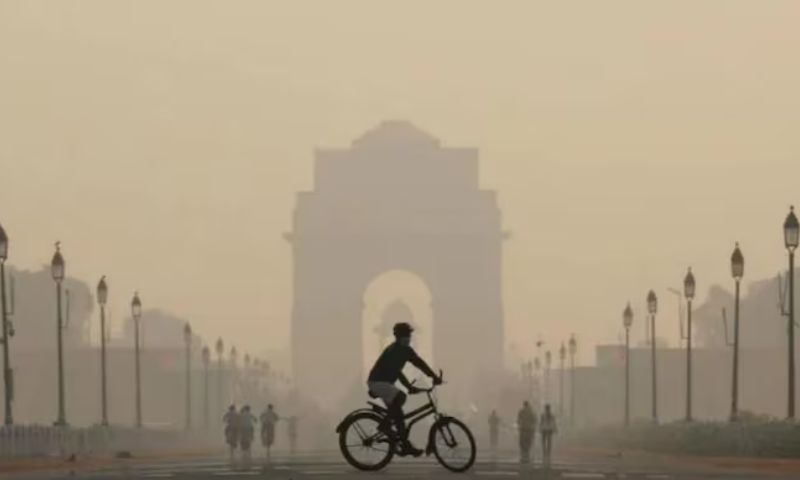NEW DELHI, India: India’s capital, New Delhi, faced its first hazardous air quality rating of the winter, as thick smog from fireworks and farm stubble burning engulfed the city.
Air pollution, a recurring issue in the city, worsens during the Hindu festival of Diwali, where fireworks are a major contributor to the pollution. On Wednesday, fine particulate matter (PM2.5) levels surged to 68 times above the World Health Organization’s recommended limit, making the air hazardous to health. These microparticles can cause severe health problems, including cancer, by entering the bloodstream through the lungs.
The government has issued a ban on firecrackers and stubble burning to curb pollution, but enforcement remains weak due to religious sentiments and limited police action. Stubble burning by farmers in nearby states continues despite restrictions, further worsening air quality.
According to a study in The Lancet, air pollution contributed to 1.67 million premature deaths in India in 2019. While authorities are trying to address the issue, the problem persists, especially during winter months when pollution levels rise sharply due to various seasonal factors.























